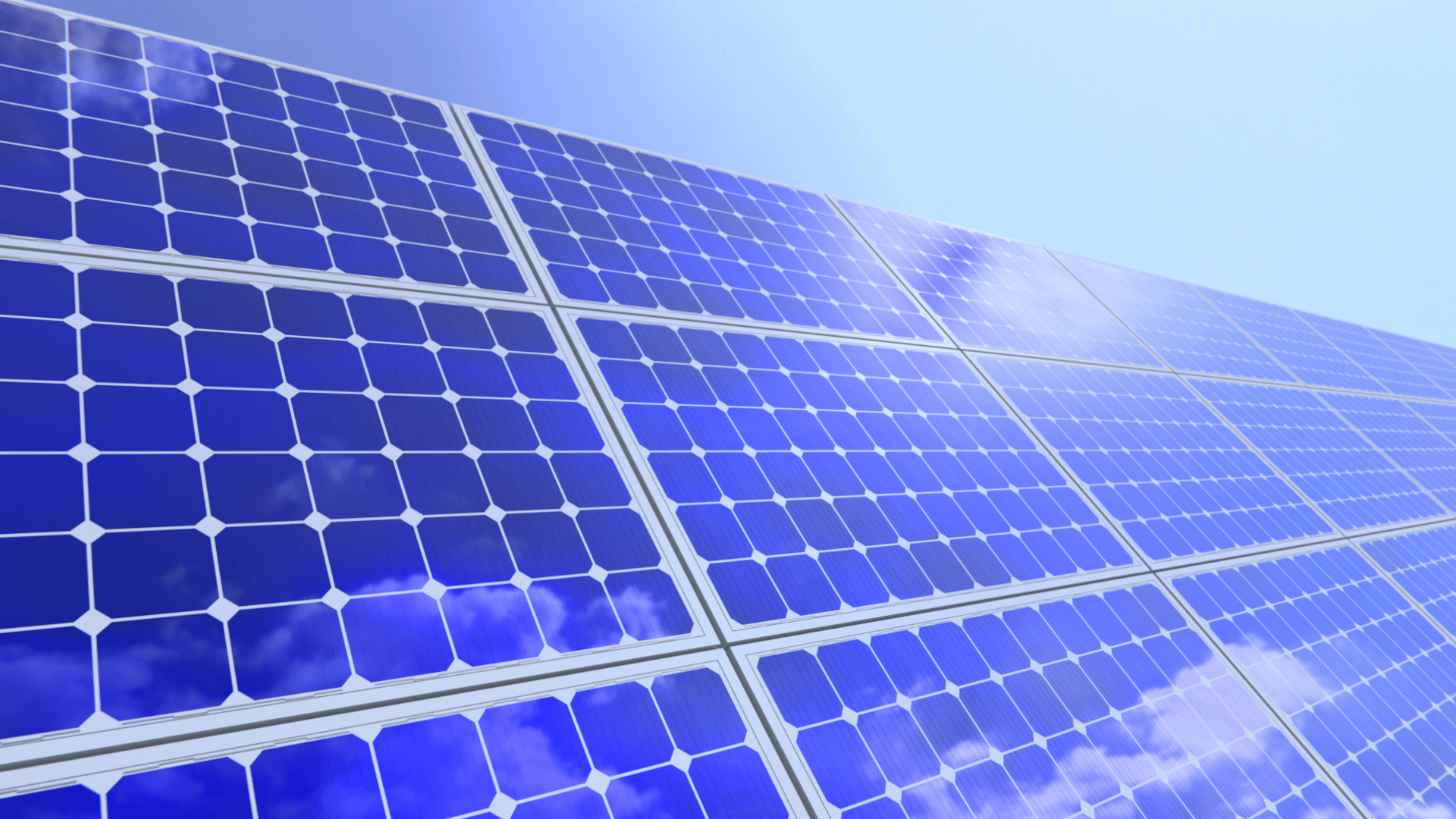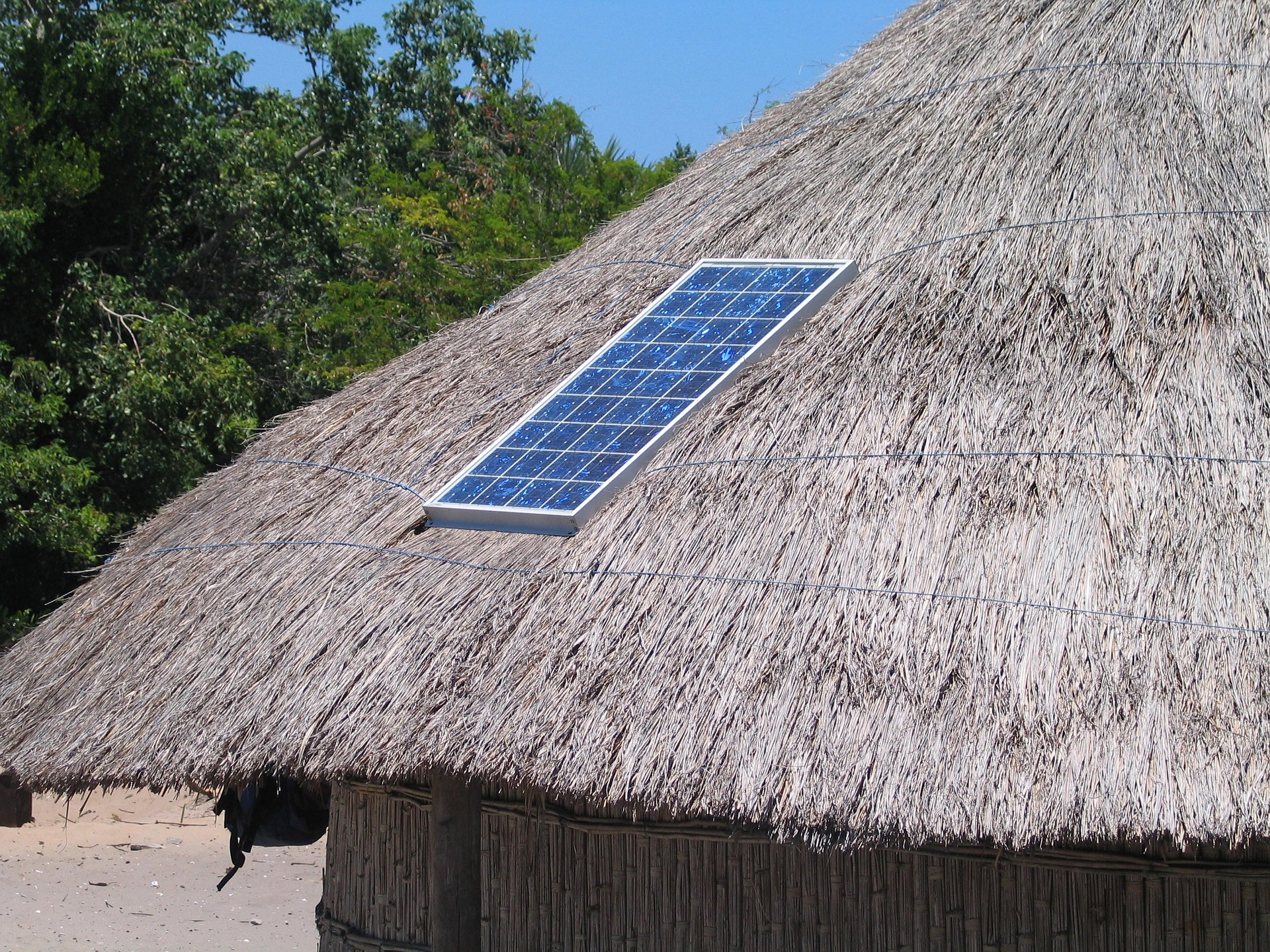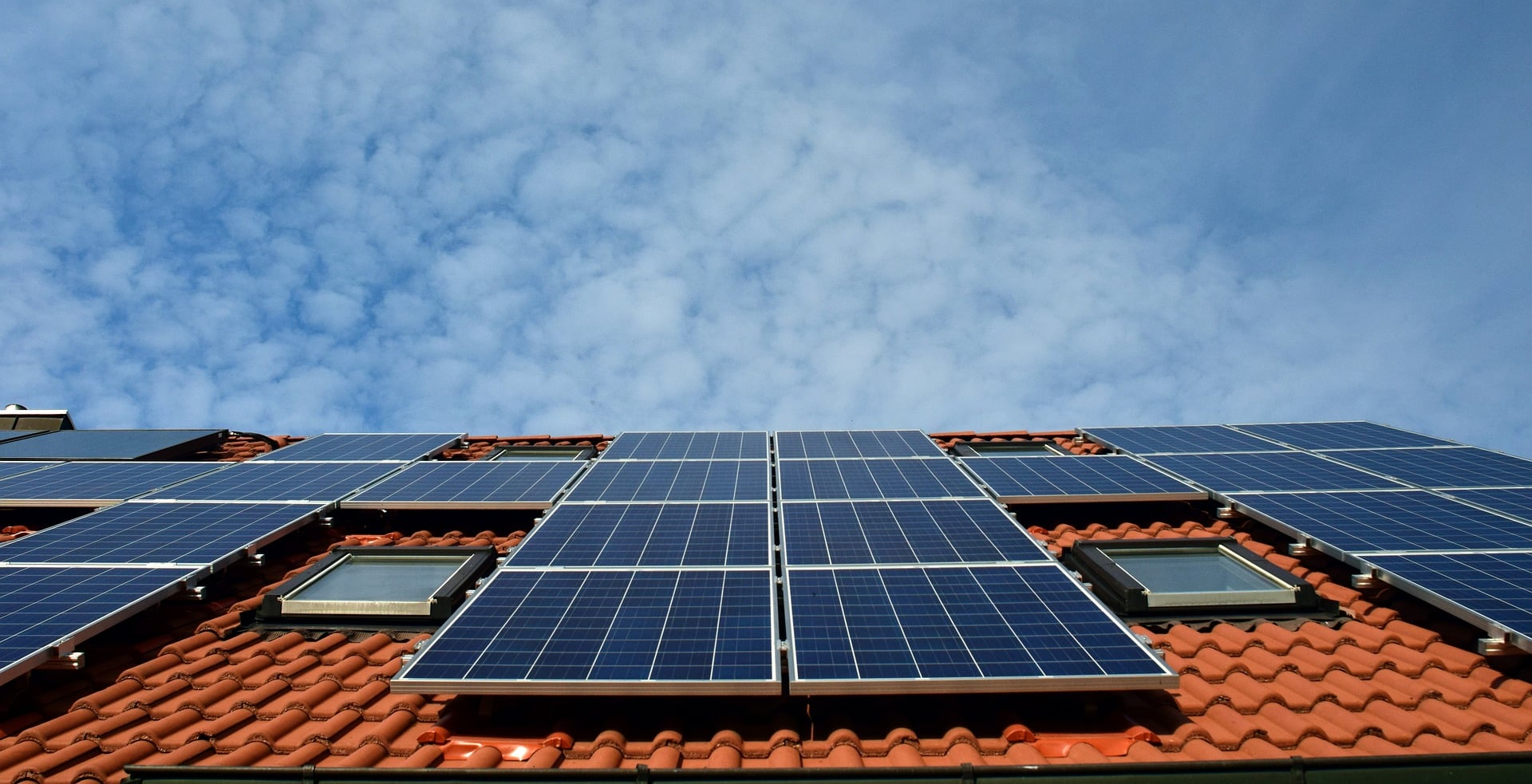
Are photovoltaic panels and solar panels the same? If for many the question may seem trivial, for others, for "not experts", the answer is not so obvious.
Solar panels thermal and photovoltaic panels are two solutions that help make our homes more Respectful towards the environment. However, most of the time, these two systems are interchanged with each other when we talk about energies, and that is because their use is not very clear. In this article we shed some light on the subject and explain the and advantages to install them in houses.
Let's talk in general terms about photovoltaic and solar thermal panels
The term "solar panel" It is a “generic” term. By “solar” we mean the technology that uses the sun to obtain energy. It is a "generic" term that can include, in the most common senses, both photovoltaic panels and solar thermal panels.
Energy, as we use it in our public services, can be of two types: energy thermal y electricity. In the first case it is simply heat: the heat used to heat domestic hot water or to feed a heating system. In the second case, it is the electricity that we use daily in our homes.
Very often the term "solar panel" means "thermal solar panel", that is, the panel that uses the heat of the sun to produce hot water.
clean and cheap energy
Solar panels They produce clean energy and reduce our dependence on the price of traditional raw materials, increasing a home's value and lowering bills.
choose between a photovoltaic solar panel or solar thermal panel it is not always so simple. It is important to understand how these two technologies work and how they differ.
What are solar panels and why install them?
Today there are many daily activities that cause a high consumption in the bill: electric cars, induction hobs, boilers, washing machines in the most varied hours of the day.. THEthe solar panels They are technological devices capable of converting the sun's energy into electricity or domestic hot water. , but above all they provide concrete aid for energy saving.
Difference between photovoltaic and solar thermal panels
Before we start talking about the differences, let's start with the commonalities. Those points that make us use the two terms to refer to a type of energy that actually has certain differences between us, we can say that both systems are made up of solar panels (even if they are different from each other). Both one and the other, generally install on the roof of the houses. Photovoltaic and solar thermal panels use the sun's energy to work. And finally, among the similarities, we can highlight that none of them produces harmful emissions For the enviroment.
The main difference between the two is how the energy captured by the sun is used:
- Panels solar thermal use solar radiation to produce heat, that is, thermal energy for the production of hot water.
- Panels photovoltaic use solar energy to generate electricity.
Next we will see how they work in a little more detail.
Photovoltaic panels
Photovoltaic panels are made up of several modules assembled together with silicon photovoltaic cells inside that transform light into energy. They are usually placed on the part of the roof that allows you to make the most of the sun's rays during the day, normally to the south or southwest, with an inclination of 30-35°. Both the inclination and the orientation are designed to make the most of solar energy.
But how does the process work? The sun's rays are captured by the panels that produce low voltage continuous electricity. To take advantage of this energy, converters which transform energy into 220 volts so that it can be used in our homes.
A photovoltaic module is a device that generate current, allows converting the sun's energy into electricity thanks to the photovoltaic effect. The photovoltaic panel produces electricity that must be used at the time of production or otherwise dispersed. To avoid dispersion there are two ways:
- Electricity is fed into the grid and then consumed when needed,
- electrical current is stored in batteries and reused at a later time.

Is it necessary to fill the roof with photovoltaic panels?
The size of the solar panel can vary depending on the amount of energy we want to produce, a few panels are enough for the needs of a home, but if we plan to take advantage of solar energy to provide electricity to an entire company, such as those applied today in day in many industries, many more will be needed.
There is no limit to the number of photovoltaic panels that we can apply on the roof, unless there are structural limits to the house, especially if we also plan to install a battery that stores energy. In fact, many photovoltaic panels have the possibility of integrating a battery that allows the energy produced to be conserved for use at a later time, for example, in the afternoon or on cloudier days. When the battery is full, if the panel produces excess, it is also possible put the energy produced in the network, in this way we can win with the energy we produce.
thermal solar panels
Solar panels thermal are aesthetically very similar to photovoltaic but are crossed by pipes containing water. The sun's rays heat the water which is then collected to be used for daily use or for heating. Unlike photovoltaic panels, thermal solar panels are composed of metal (such as aluminum, copper, steel) and glass.
Solar panels, or "thermal solar panels", are panels that, placed on the roof of the house, take advantage of the sun's heat to produce hot water. A solar system, unlike a photovoltaic system, is a "hydraulic" system that uses a heat transfer fluid . This fluid, which is heated in the panels thanks to the heat of the sun, carries the heat towards a accumulator. We can imagine this accumulator as a "boiler" that receives cold water "incoming" and returns hot water "outgoing", at the desired temperature. In this accumulator "thermal exchange" takes place: the cold water coming from the network is heated thanks to the heat transported by the heat transfer fluid from the solar panels.
Parts of a thermal solar panel
Everything is integrated by a gas or electric boiler capable of heating the water when the heat produced by the solar panels is insufficient. The resulting energy savings are very interesting.
In summary, the different parts that make up the solar thermal system are: a solar collector, an accumulator, an integration generator (heat pump or condensing boiler) and a control unit.
There are different types of solar thermal panels:
- direct accumulation solar thermal system composed of a tank and a panel placed in a place especially exposed to sunlight;
- forced circulation solar thermal system where the accumulation of hot water occurs inside the building;
- solar thermal system with natural circulation where the circulation of hot and cold fluids occurs naturally.
The use of thermal panels has numerous advantages, the first of which is the possibility of cover 70-80% of the hot water requirement in a home.
Here is a list of the main ones advantages of photovoltaic and solar thermal panels In case you are thinking of installing even one of the two solutions in your home.

What are the advantages of having photovoltaic or solar thermal panels at home?
The advantages of installing these two systems are numerous and range from reasons economic even reasons environmental ethics:
- reduction of invoice costs, that now they are more and more expensive;
- installation tax deductions photovoltaic panels up to 60% and solar thermal panels up to 50%;
- low environmental impact, solar panels are an ethical choice because they are based on an unlimited and clean energy source, the sun, and also do not emit carbon dioxide into the atmosphere;
- they are an authentic investment, in addition to recovering costs by taking advantage of incentives, tax advantages, and in addition to relieving you of the cost of invoices, they can increase the value of the property by increasing the energy class;
- make the house autonomous in the production of electricity and hot water.
Obviously, even this type of plants, like the traditional ones, are subject to periodic reviews to make sure that they work correctly and that 100% of their potential is used. Also, the panels are subject to wear and tear over time, although they are very weather resistant, over time the panels no longer perform as newly installed. Your duration is estimated between 20 and 30 years, after which it is best to replenish them so that they are as efficient as before. This would be one of the current problems in which the prices of these panels is still quite high.
Considerations of photovoltaic panels and solar thermal
As we have seen, photovoltaic panels and solar thermal panels are an excellent solution for the production of electrical and thermal energyIn fact, in recent years, more and more homes, but also companies, have chosen to adopt these solutions. In an era where attention to the planet is an increasingly costly issue that involves all of us, adopting solutions that allow us to exploit renewable energy They are ethical choices but at the same time advantageous for everyone.
And have you already installed photovoltaic or thermal solar panels in your home? We hope that with this article you have a little clearer ideas about the differences between these two systems and that, perhaps, we have convinced you to that you take advantage of the renewable energy of the sun for your daily consumption.